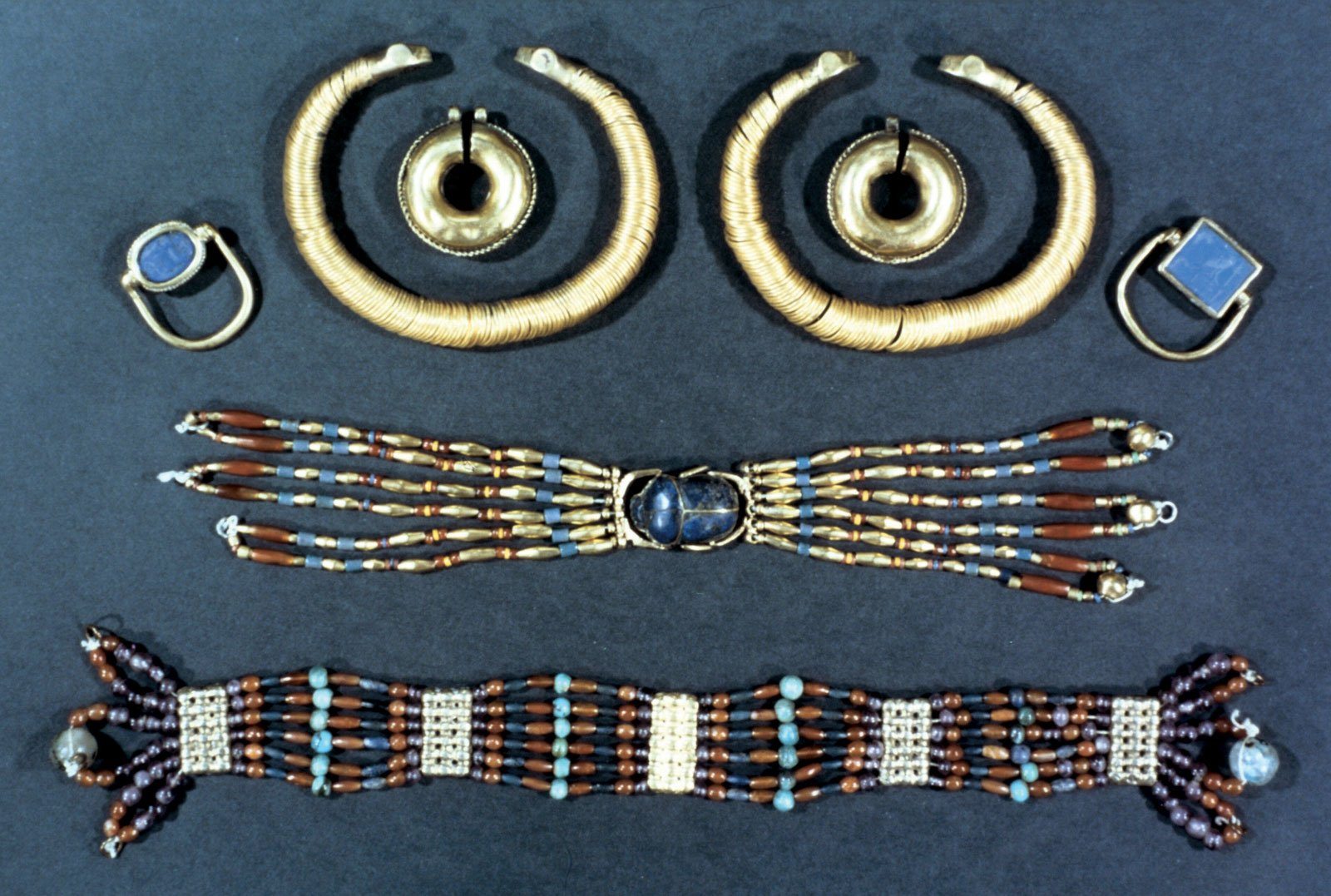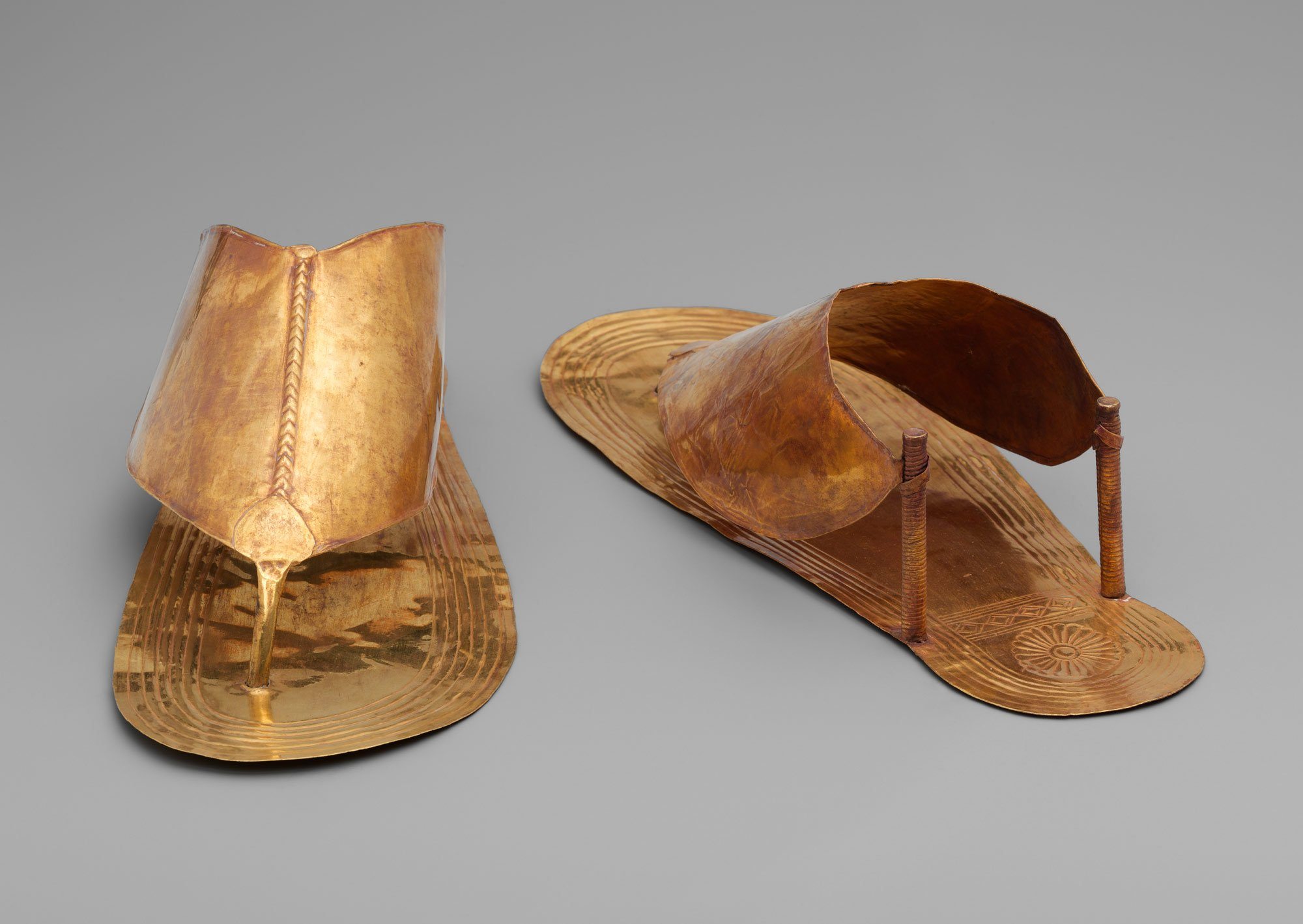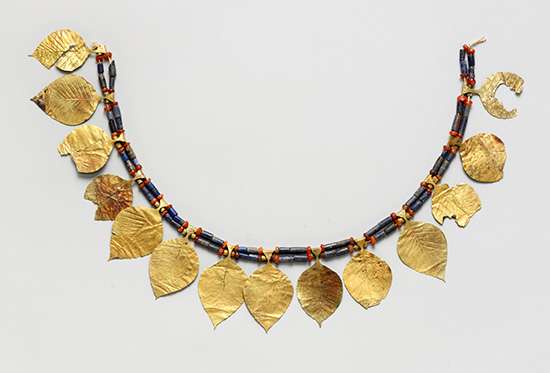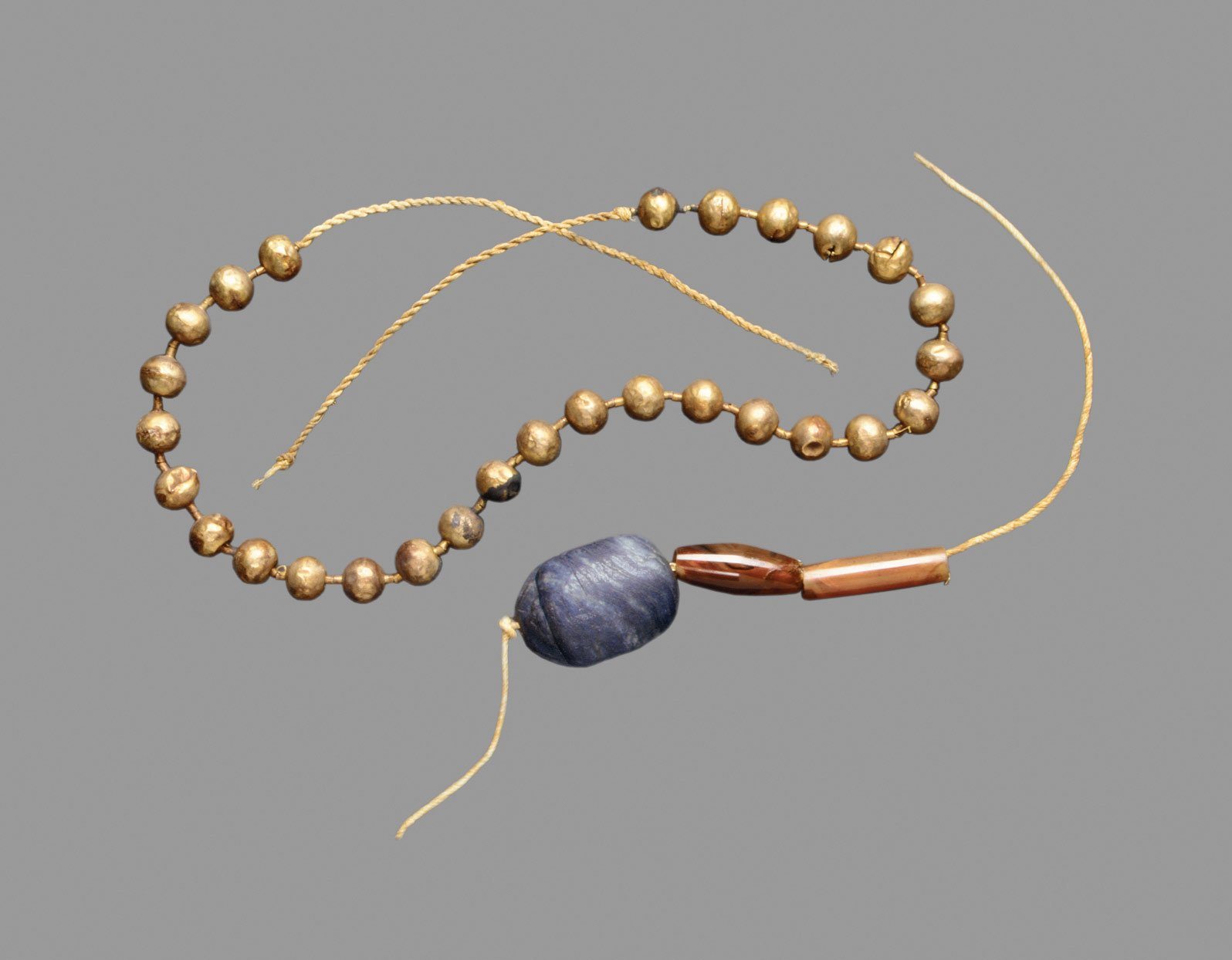Egyptian civilization has been identified as the cradle of all human civilization celebrated for its languages, governance structure and a long history of wealth, education and powerful Pharaohs who ruled over the land for several centuries expanding the kingdom through trade and a strong military force.
Aside from these, the Egyptian civilization is also celebrated for being the first to start several fashion statements that remain an essential part of the fashion industry.

One of the major parts of the Egyptian culture which has not gotten as much attention as it should have is their fashion-forward way of turning gold into wearable pieces still found in the world today.

In more recent times, the extravagant wearing of
With knowledge of being the cradle of African civilization, it is a no brainer that Egypt should be acknowledged as the inventors of jewelry made up of precious mineral stones, especially Gold.

Thutmose III
One of the most popular Ancient Egyptian jewellery pieces remains the Gold Sandals with toe and finger covers that were worn by Thutmose III’s minor wives as a way of displaying wealth and distinguishing them from other women. Pharaoh Thutmose III was the 6th Pharaoh of Egypt who ruled the land for 54 years in the 1400s.

In ancient Egypt, Gold was considered as the skin of the gods making it a sacred ornament worn by the Pharaohs as a way of honouring them and showing their rank in society. Aside from these, jewelry pieces made from gold were worn by wealthy people of society who could afford it.

The Egyptians made several other jewellery pieces such as bracelets, headdresses, crowns, anklets and chains that were worn to express wealth, beauty and strength.
Jewelry pieces were designed in different forms to make them appealing and unique for each person wearing them.

Several jewelry pieces were also made for dead Pharaohs and royal tombs to signify wealth of a Pharaoh on earth and give them enough wealth to cater for their needs in the afterlife.
Today, several of the










